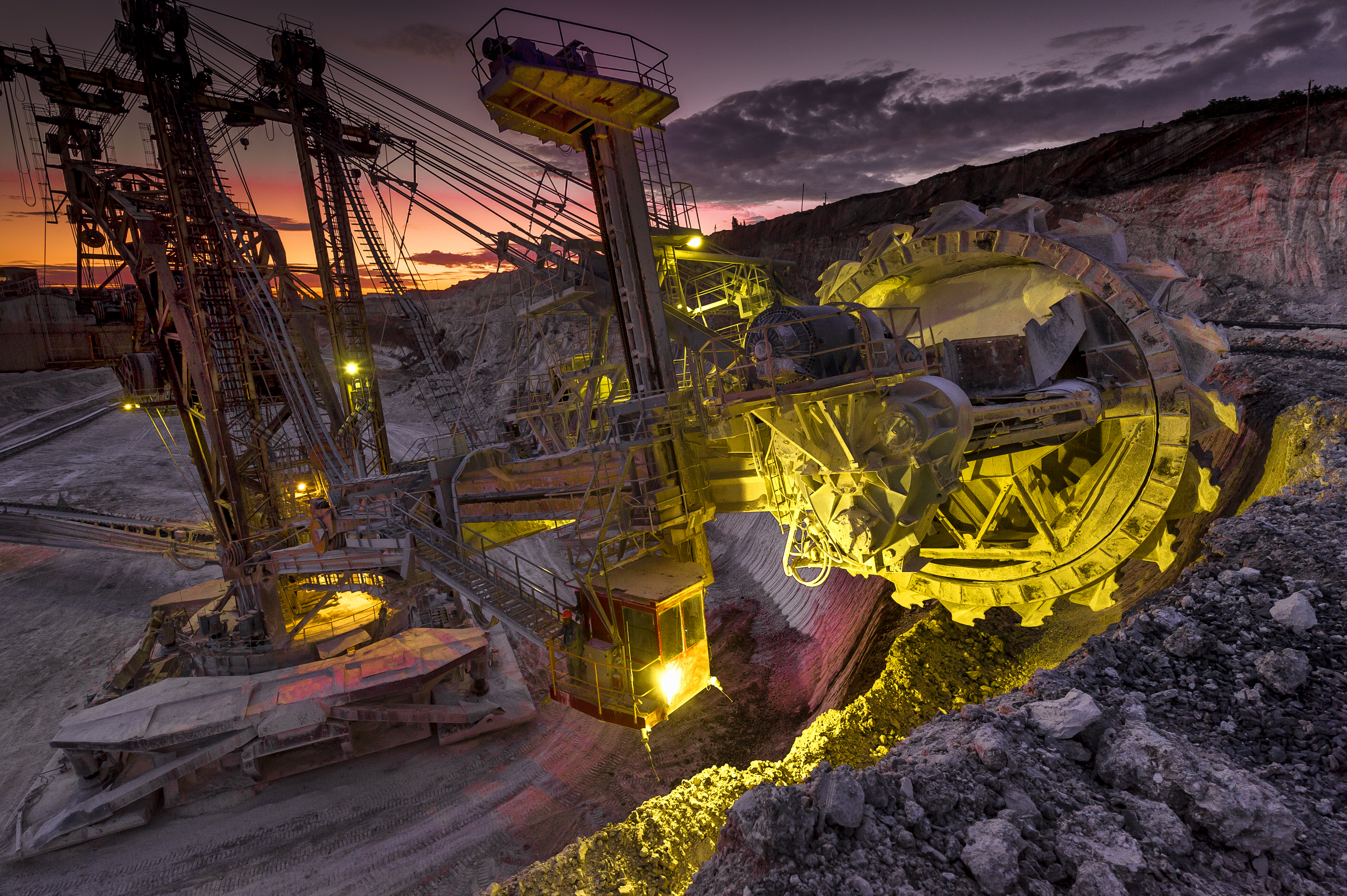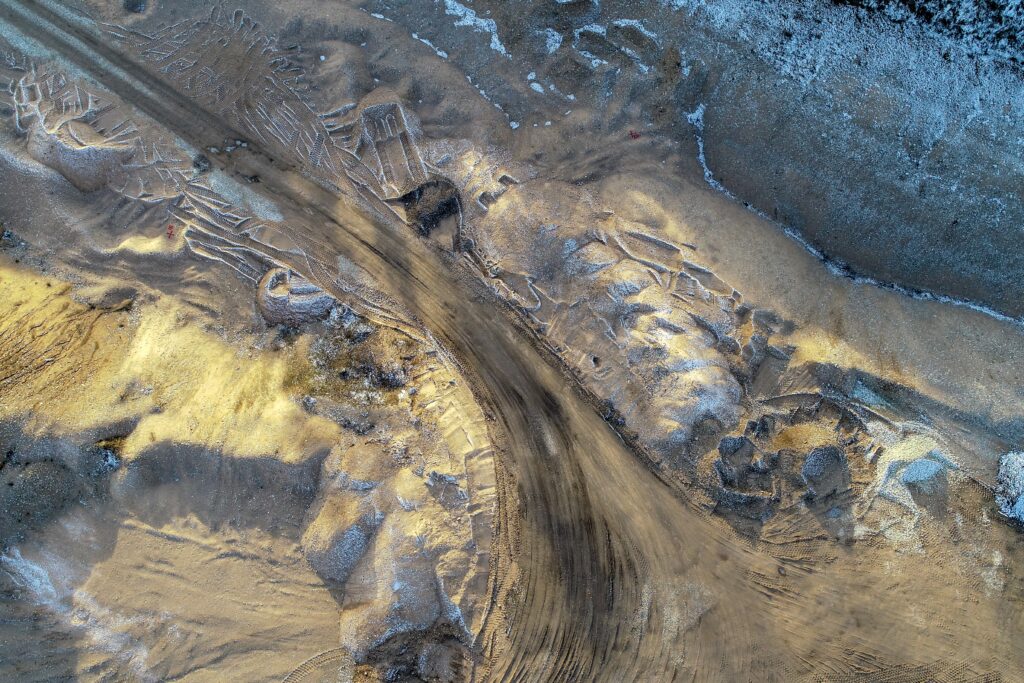What is mining exploitation? At its core, mining exploitation means the active process of extracting minerals and valuable materials from the earth’s crust once exploration confirms their presence.
This stage marks the transition from potential resource to real asset and requires a sophisticated combination of technology, strategy, environmental care, and strict compliance.
Mining exploitation doesn’t just mean digging holes and hauling rocks; it means managing a complex operation where every decision impacts costs, safety, environmental footprint, and ultimately, profitability.
Companies that master this phase unlock the true value hidden beneath the surface, transforming geological data into sustainable wealth.
Understanding the Core of Mining Exploitation: What Happens When You Exploit a Mine
Mining exploitation kicks off when exploration delivers solid evidence of economically viable mineral deposits.
At this point, companies must organize resources and infrastructure to start extracting, processing, and transporting the mineral materials.
The process involves multiple interconnected tasks that go far beyond mere extraction:
Site Preparation:
This includes clearing vegetation, building roads, installing power and water infrastructure, and securing the area to enable safe, efficient mining. It also involves minimizing impacts on local ecosystems through environmental assessments and mitigation plans.
Extraction Techniques
Depending on the deposit type and location, companies choose between open-pit mining, underground mining, or even more specialized methods like placer mining. Each technique demands different equipment and expertise, influencing both operational costs and recovery rates.
Ore Processing
Once extracted, raw ore must be refined to separate the valuable minerals from waste rock. This involves crushing, grinding, flotation, or chemical treatments that require heavy machinery and considerable energy, making process optimization essential.
Waste Management
Tailings and other mining by products pose serious environmental risks if not handled properly. Effective waste management systems prevent contamination of soil and water, ensure regulatory compliance, and maintain community trust.
Understanding these activities helps grasp why mining exploitation requires technical precision, solid project management, and a continuous focus on environmental responsibility.
The Technical and Environmental Challenges in Mining Exploitation
Mining exploitation operates in harsh, dynamic environments where geological complexity, equipment reliability, and environmental factors constantly challenge operations.
Companies must balance maximizing mineral recovery with maintaining safety and minimizing environmental harm.
- Geological Variability: deposits vary widely in depth, mineral concentration, and surrounding rock hardness, meaning operators must constantly adjust extraction methods to optimize recovery without increasing costs unnecessarily.
- Heavy Equipment Maintenance: mining machinery runs under extreme conditions, often in remote areas. Downtime due to failures disrupts production and inflates budgets, so preventive maintenance and skilled operators become critical assets.
- Environmental Protection: mining can disrupt landscapes, pollute water, and degrade habitats. Companies must implement dust control, water treatment, and land rehabilitation measures, often exceeding minimum legal requirements to secure social licenses.
- Safety Management: mines present inherent hazards like rockfalls, toxic gases, and mechanical accidents. Proactive safety programs, training, and real-time monitoring reduce incidents and protect workers’ lives.
Handling these challenges successfully depends on technical expertise, forward planning, and a culture of continuous improvement.

Why Regulation Defines the Success of Mining Exploitation
Mining exploitation never occurs in a vacuum; governments enforce strict regulations designed to balance economic benefits with environmental and social protections.
In Brazil, for instance, the National Mining Agency (ANM) mandates extensive licensing, environmental impact assessments, and ongoing monitoring to ensure responsible mining.
Failure to meet these requirements risks operational shutdowns, legal penalties, and loss of investor confidence. Regulatory compliance becomes not just a legal necessity but a competitive advantage.
Key regulatory demands include:
- Obtaining and maintaining valid mining licenses through timely applications and renewals.
- Implementing environmental management plans that control pollution and support biodiversity.
- Conducting safety inspections and worker training programs rigorously.
- Filing detailed operational and environmental reports to government bodies regularly.
Mining companies that integrate compliance into their daily operations minimize risks and maintain long-term access to resources.
Strategic Management: The Cornerstone of Efficient Mining Exploitation
Mining exploitation is as much about smart management as it is about technical execution.
Companies that succeed over the long term focus on maximizing extraction efficiency while reducing operational costs and risks.
This requires:
- Optimizing resource recovery, reducing ore loss and waste by applying advanced extraction techniques and real-time monitoring.
- Controlling costs by streamlining logistics, maintaining equipment proactively, and negotiating better supply contracts.
- Mitigating risks through comprehensive safety protocols, environmental safeguards, and strict regulatory adherence.
- Engaging with communities to build trust and secure social licenses, which are increasingly critical to avoid conflicts and delays.
When companies master these areas, they create a virtuous cycle of improved production, reduced liabilities, and stronger stakeholder relationships.
The Concrete Benefits of Effective Mining Exploitation
Properly executed mining exploitation delivers tangible benefits that impact a company’s bottom line and reputation:
- Higher mineral yields with less waste translate directly into increased revenues.
- Lower operational disruptions thanks to efficient equipment use and maintenance.
- Fewer environmental incidents that could cause fines or costly cleanup operations.
- Enhanced investor confidence because well-managed mines reduce financial and legal uncertainties.
- Sustained mine life, enabling companies to plan expansions and maintain production over decades.
These outcomes only emerge when technical, environmental, and regulatory aspects align under strong leadership and expert guidance.
Contact True Mine to Take Your Mining Exploitation to the Next Level
Navigating the complexities of mining exploitation demands a partner who understands every facet—from technical challenges and environmental care to strict regulatory compliance.
True Mine provides this expertise with a comprehensive suite of services designed to optimize your mining operations and safeguard your legal standing.
Our offerings include:
- Continuous monitoring of ANM regulations and deadlines, ensuring your company never misses critical compliance requirements.
- Detailed audits and technical reviews of your mining reports and processes to detect and correct non-conformities proactively.
- Strategic consulting that aligns your asset management with market realities and environmental responsibilities.
- Due diligence preparation for audits, mergers, and investor assessments to build confidence and secure funding.
By partnering with True Mine, you gain more than a consultant—you gain a dedicated ally focused on reducing risks, improving efficiency, and maximizing the value of your mining assets.
Visit truemine.com.br now and reach out through their contact page for a tailored consultation. Don’t leave your mining exploitation to chance—secure expert guidance that transforms potential into lasting success.



